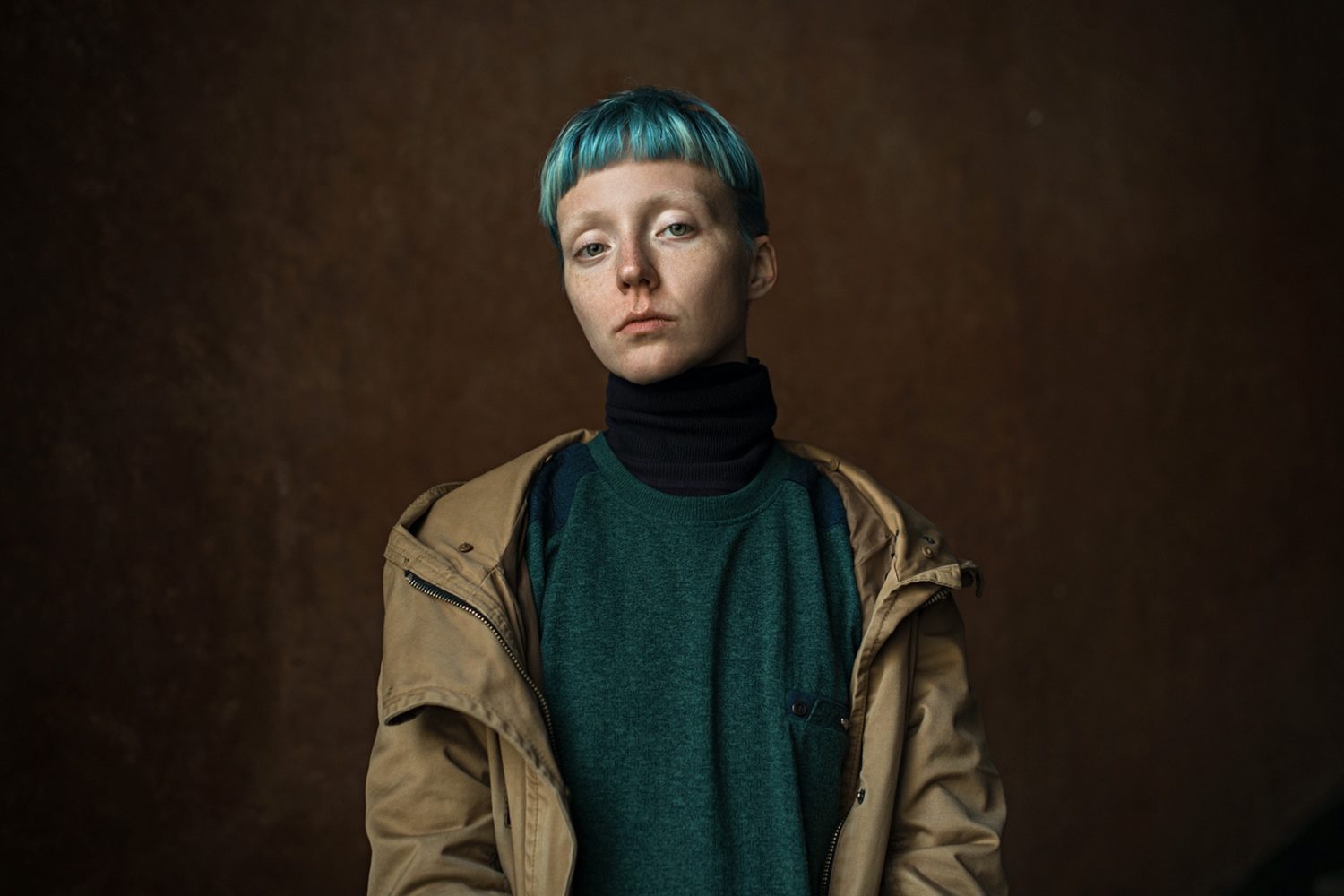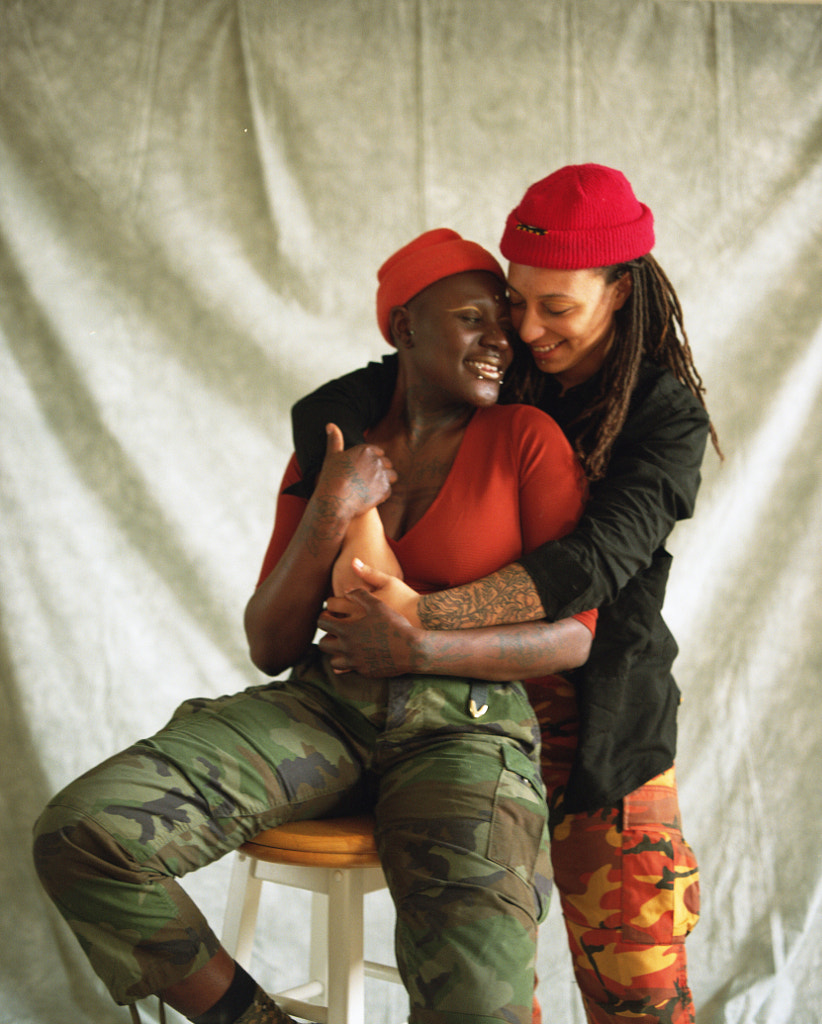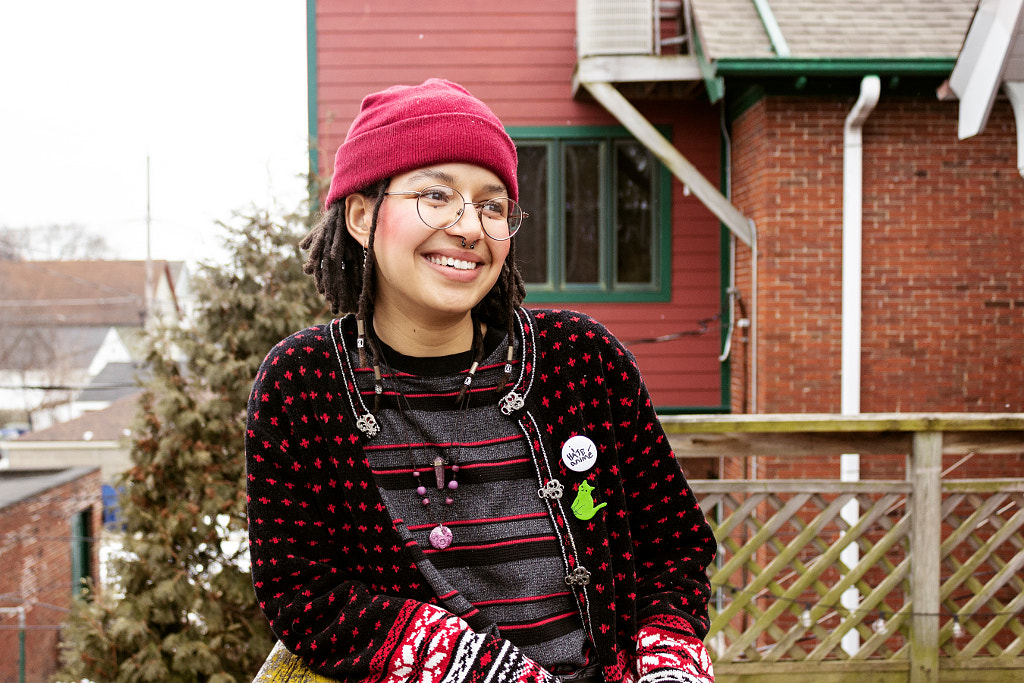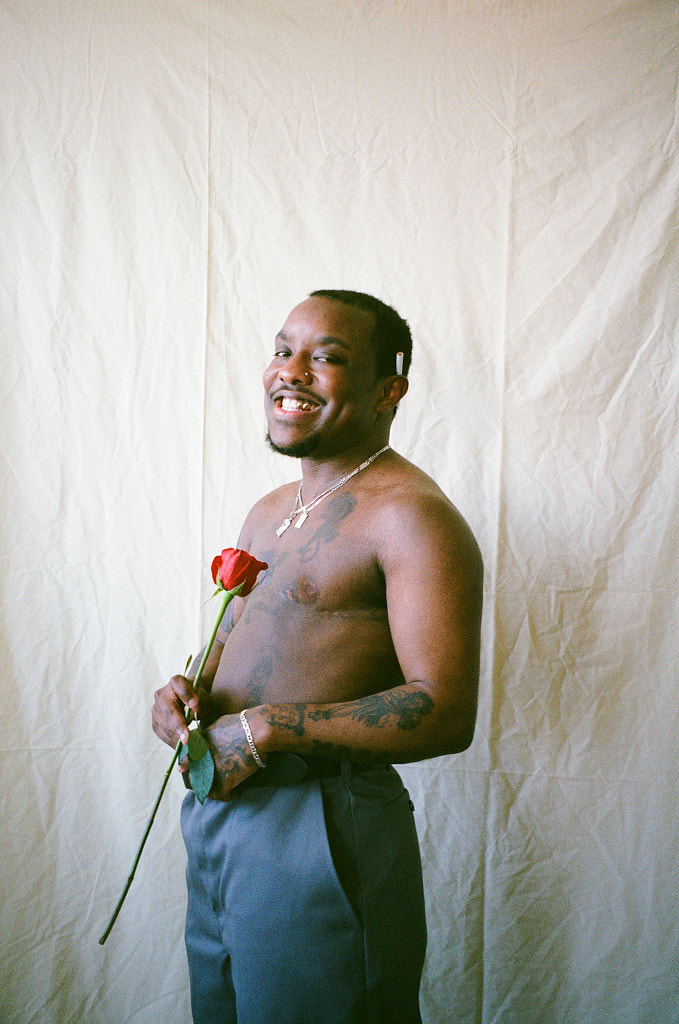According to research from the Pew Research Center, more than a third of Gen Zers personally know someone who uses gender-neutral pronouns, and 59% say that online profiles and forms should include options beyond the binary “man” and “woman.” Half say that society is not accepting enough of people who don’t identify as either a man or a woman.
Meanwhile, CEOs and presidential candidates alike have started listing their gender pronouns in emails and social media bios, and more inclusive gender questions have been added to the General Social Survey (GSS). United Airlines now offers non-binary gender booking options.
Of course, this push for inclusion and equality across the gender spectrum has influenced the world of advertising. Last year, for instance, harmful gender stereotypes were banned in ads in the UK, following research suggesting that these messages could restrict opportunities for children, young people, and adults and ultimately play a part in unequal gender outcomes.
As part of their #Unstereotype initiative, the multinational company Unilever committed to eliminating gender stereotypes in their advertising, and brands ranging from Google and Twitter to AT&T and Microsoft joined the Unstereotype Alliance as part of the cause.
Across the board, more brands are finding ways to be representative of their customers, including those within the LGBTQI+ community. Sephora’s ‘Identify as We’ campaign celebrated the transgender and non-binary community, while a Gillette commercial highlighted a father teaching his transgender son how to shave. Coca-Cola used gender-neutral pronouns in a Super Bowl commercial, and Starbucks released an award-winning commercial featuring the journey of a young transgender man named James.
The movement towards gender inclusivity has also revolutionized commercial photography, and last year, Karen Biilmann, the Art Director & Creative Research Lead at 500px, explored the growing demand for non-binary gender representation in creative Licensing.
As revealed in a recent study from Google, people are more likely to consider or purchase products after seeing an ad that they think is diverse or inclusive, based on several factors, including gender identity*; in fact, 64% of customers took some sort of action after seeing an ad they felt was diverse and inclusive. The study also found that authenticity was key; customers want to see real people and relatable stories—and brands are taking note.
Read on for our top tips for creating authentic, gender-inclusive images for your Licensing portfolio—whether you’re working with someone who identifies as male, female, non-binary, gender fluid, two-spirited, or anywhere else on the gender spectrum.
Contents
Defy stereotypes
In 2015, realizing the problematic implications of separating children’s products by gender, Target famously eliminated “boys” and “girls” signs from their toy and bedding departments. More stores ultimately followed suit, inspired in part by the efforts of campaigns like Let Toys Be Toys in the UK, which combats gender stereotyping in books and toys for kids.
As brands wise up to the importance of accurately representing their customers and their interests, they’re stepping away from tired ideas and embracing gender-neutral messaging. These steps can mean changing up their signage, or it could mean steering clear of photographs that portray people in a reductive, stereotypical light.
Here’s just one example of how stereotypes can influence the commercial field—and how they can be challenged. A search for beauty photos on almost any major image platform will bring up mostly photos of cis-gender women, but in fact, skincare and cosmetic brands are making an effort to keep gender out of the equation by switching to gender-neutral products and unisex packaging.
In real life, people of all genders use skincare and cosmetics, and that should be reflected in advertising too. Of course, the same goes for all kinds of commercial photos, from business and fashion to family and lifestyle.
“Think about capturing diverse ways in which gender can be expressed, such as clothing, grooming, or color,” the 500px Content Team advises. “While traditionally within photos of children, the color blue is often associated with boys and pink with girls, using what would be considered gender-neutral colors can be a simple way of challenging biases.”
Do the research
A few years ago, a study from Wunderman Thompson Intelligence revealed that the majority of customers (71%) are open to seeing advertisements that feature transgender people, as they simply reflect the reality of our society. But most said they rarely (35%) or never (42%) see transgender people in ads, and the average American still has some misperceptions about what it means to be transgender.
Ads have a significant role in influencing how people think about gender identity, and there aren’t nearly enough authentic representations of trans and non-binary people out there, so it’s important to get it right. Keep in mind that the media, at times, has historically misrepresented marginalized gender identities, so it’s worth consulting a local advocacy group and perusing GLAAD’s resources for Media Professionals to learn how to be an ally for the community and portray people accurately in your images.
Keyword correctly
Speaking of GLAAD, be sure to check out their glossary of terms while keywording and titling your photos. If you aren’t sure, you should always check your model release to ascertain a person’s preferred gender pronoun and terms to avoid misgendering and misrepresenting someone in your photos.
“Non-binary, gender fluid, trans, and androgynous are just some gender identities someone can have,” the 500px Content Team tells us. These are all keywords you might use, but make sure they are accurate to the person in the photo.
As part of Project #ShowUs, a groundbreaking collection of images by women and non-binary individuals, Getty Images took a novel approach to keywording and metadata; instead of applying general terms, they asked every individual to write their own search descriptions and keywords. You can always take a similarly collaborative approach to any photoshoot, regardless of the person’s gender identity.
Of course, avoid using problematic terms like “sex change,” “pre-operative,” or “post-operative,” as they inaccurately imply that someone needs to have surgery to transition. In your image titles, remember that “transgender” is an adjective; someone can be “a transgender person,” but not “a transgender.”
Highlight real-life moments
For too long, commercial photos centering around topics related to gender identity have been one-dimensional. For instance, it’s often easier to find photos of flags and marches than it is to find images of real people in their everyday lives.
Gender representation means going beyond the surface and giving voice to the communities themselves; brands want pictures of trans and non-binary people at home with their families or at work on a project. They want photos of people of all genders playing with their kids and reaching their goals.
More than a third of Gen Zers in the US strongly agree that gender does not define a person as much as it used to, so look for ways to capture every facet of a person’s identity, no matter their gender. Highlight relatable micro-moments featuring people who happen to be trans or non-binary; celebrate their passions and interests, and invite them to share some of their ideas for a photoshoot. The goal is to portray everyone honestly and reflect their truth in your photos.
Celebrate individuality
“Always try to consider how the images within your photo are possibly reinforcing or challenging gender stereotypes,” the Content Team advises. Most Millennials believe that gender is a spectrum and that some people fall outside conventional categories, so there’s no one-size-fits-all solution to portraying gender.
Approach everyone individually, and communicate with them throughout the shoot. Maybe they can bring in their favorite selfies and weigh-in on styling and grooming choices; ask them to share some of their favorite outfits and some moodboards for inspiration. You can always invite your models and collaborators to send you reference photos they love to get an idea of how they’d like to be portrayed, outside of restrictive gender stereotypes.
Get conceptual
We’ve discussed keywording already, but we’ve only covered literal phrases relating to gender identity. The truth is that buyers could just as easily search for phrases that align more with ideas and emotions surrounding inclusivity and representation. The Content Team suggests, “Consider conceptual keywords or descriptions that connect to the greater struggle—terms like acceptance, living your truth, strength, and identity.”
Exploring gender identity in commercial photography is more than a trend; it’s a movement that underscores the importance of representing people with dignity and integrity. The media influences almost every facet of our society; ads have the power to either reinforce harmful and exclusionary stereotypes or encourage acceptance and understanding. More and more, brands and marketers around the world are choosing to do the latter.
*The Trevor Project defines ‘gender identity’ as “our internal, personal sense of what our gender is.” Every one of us has a gender identity.
Not on 500px yet? Click here to learn about Licensing with 500px.





